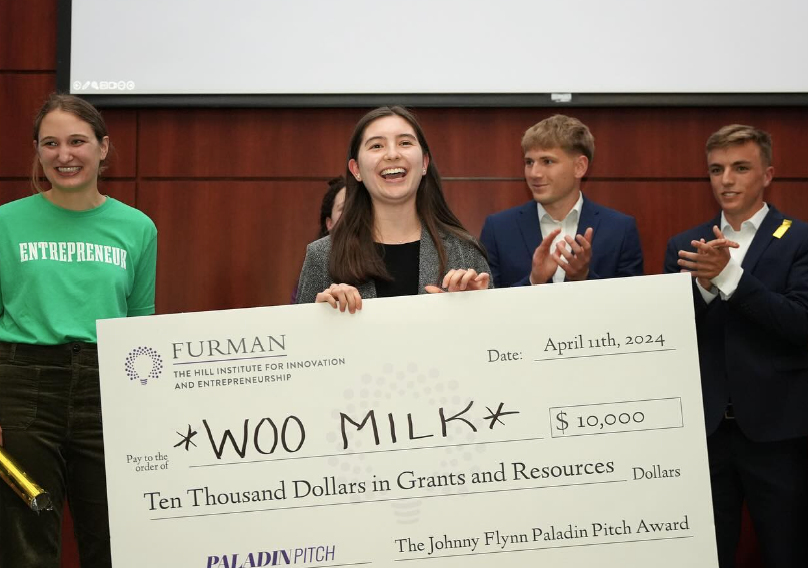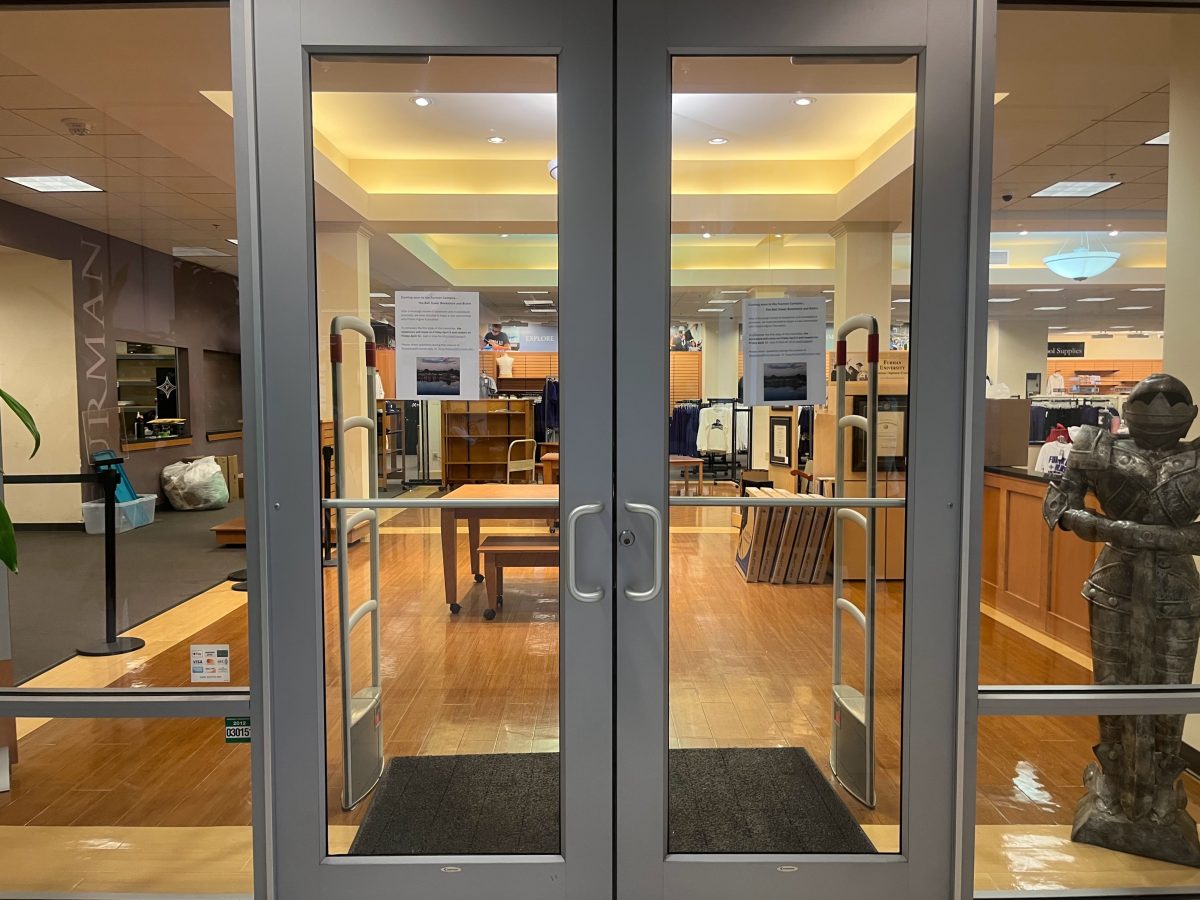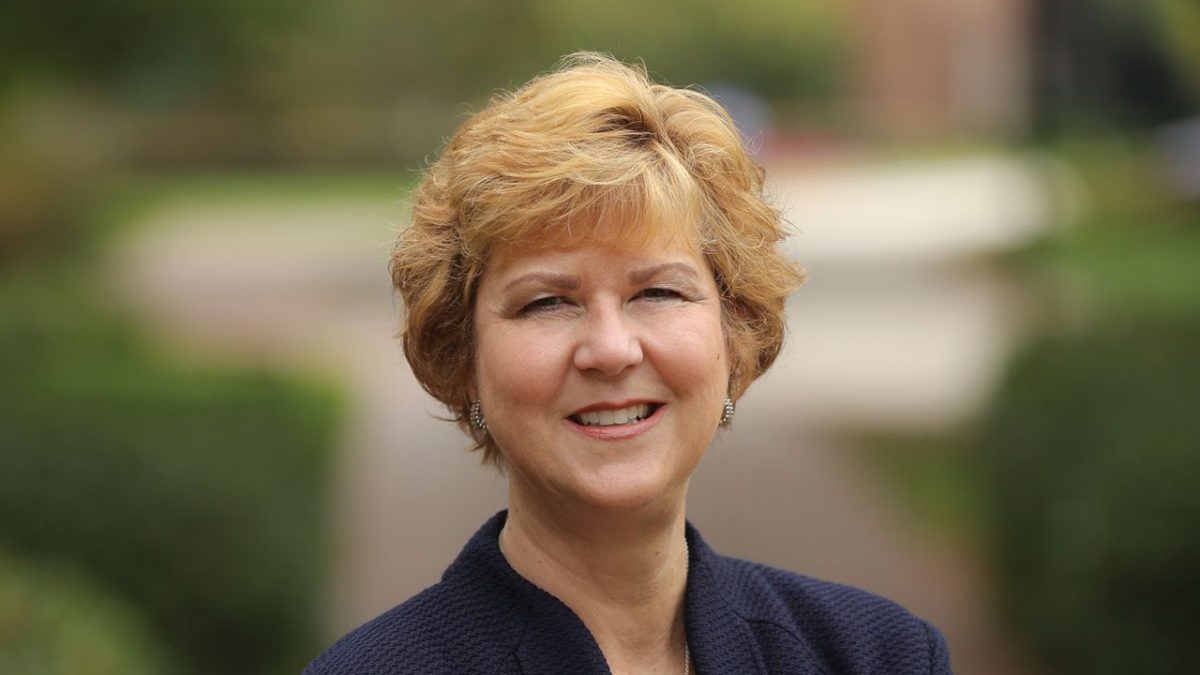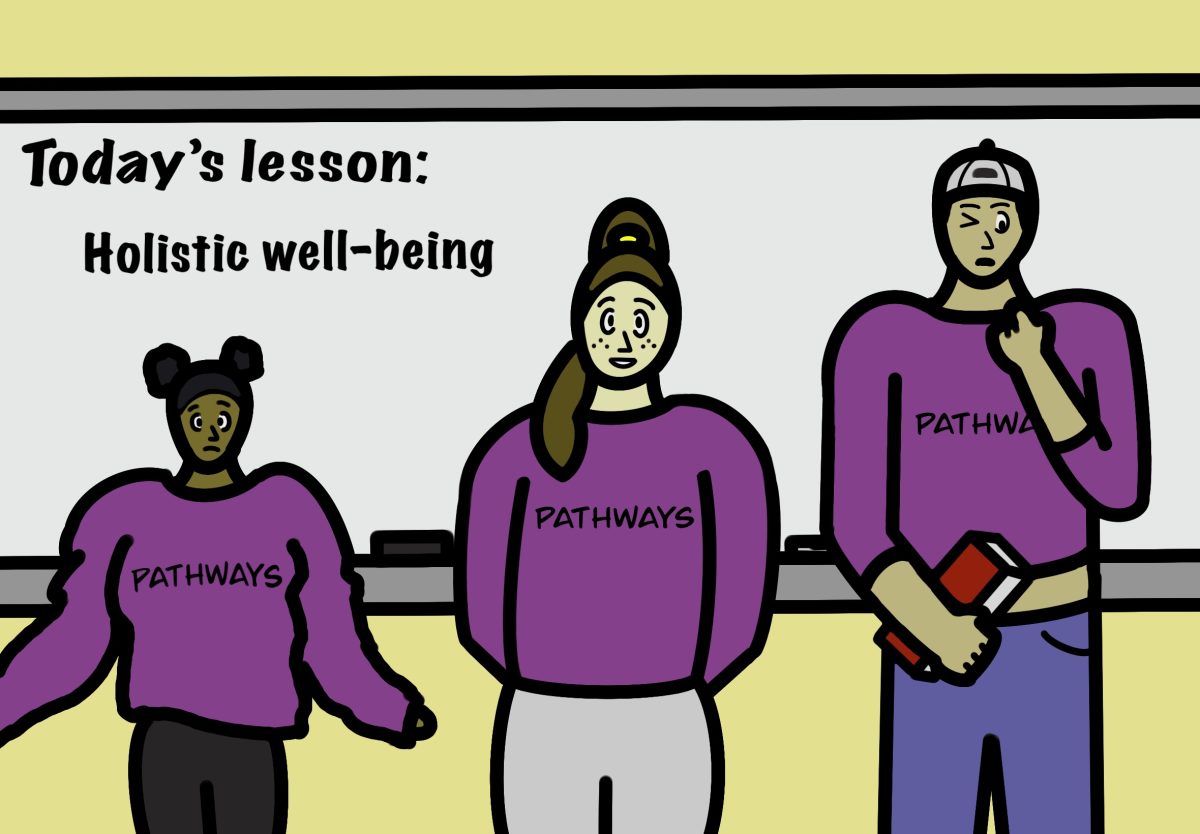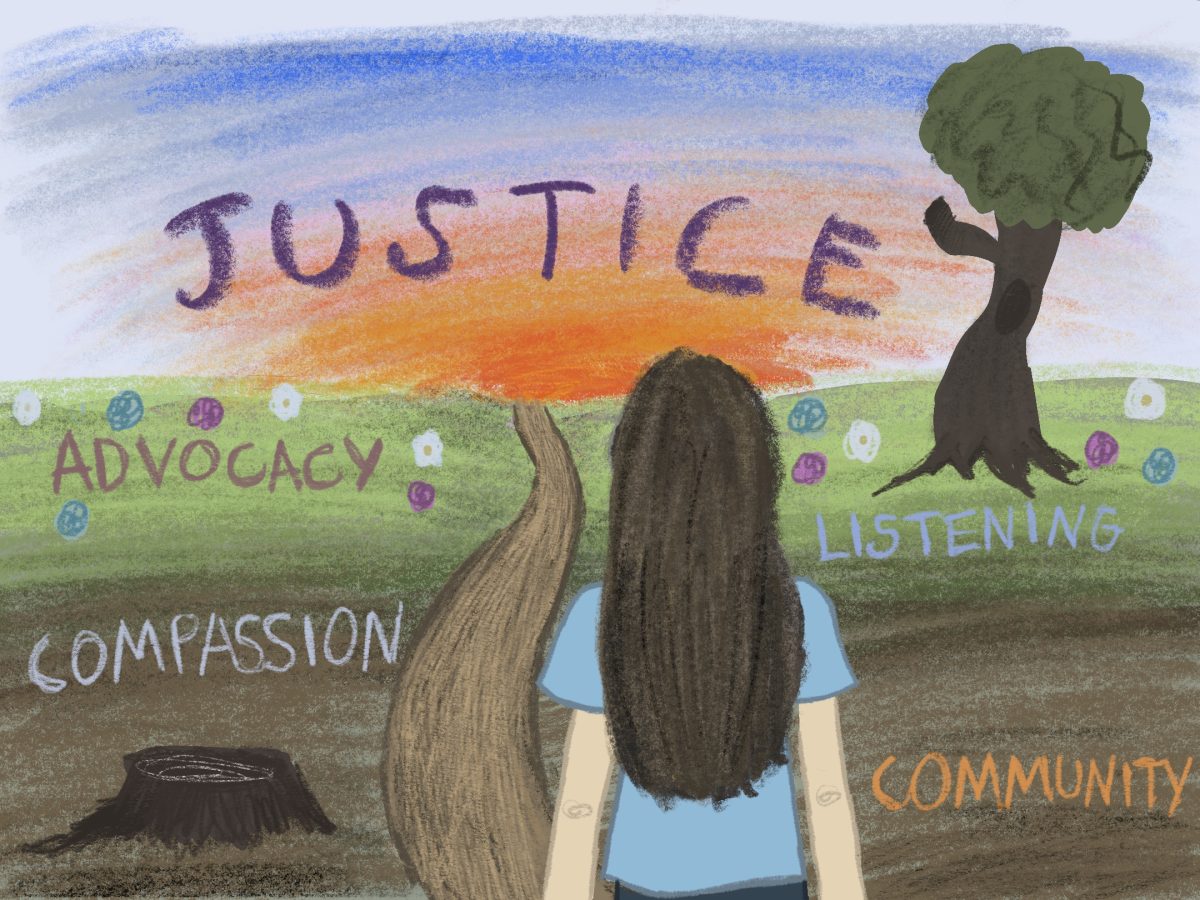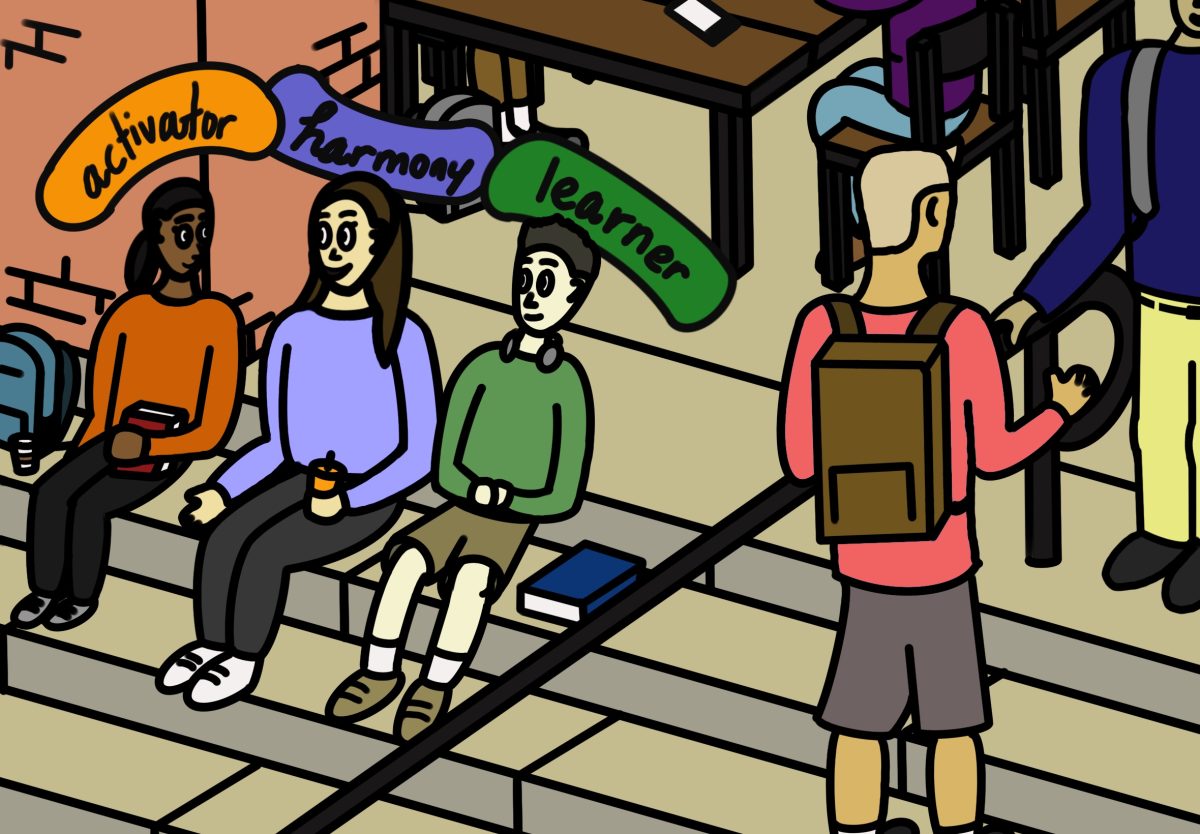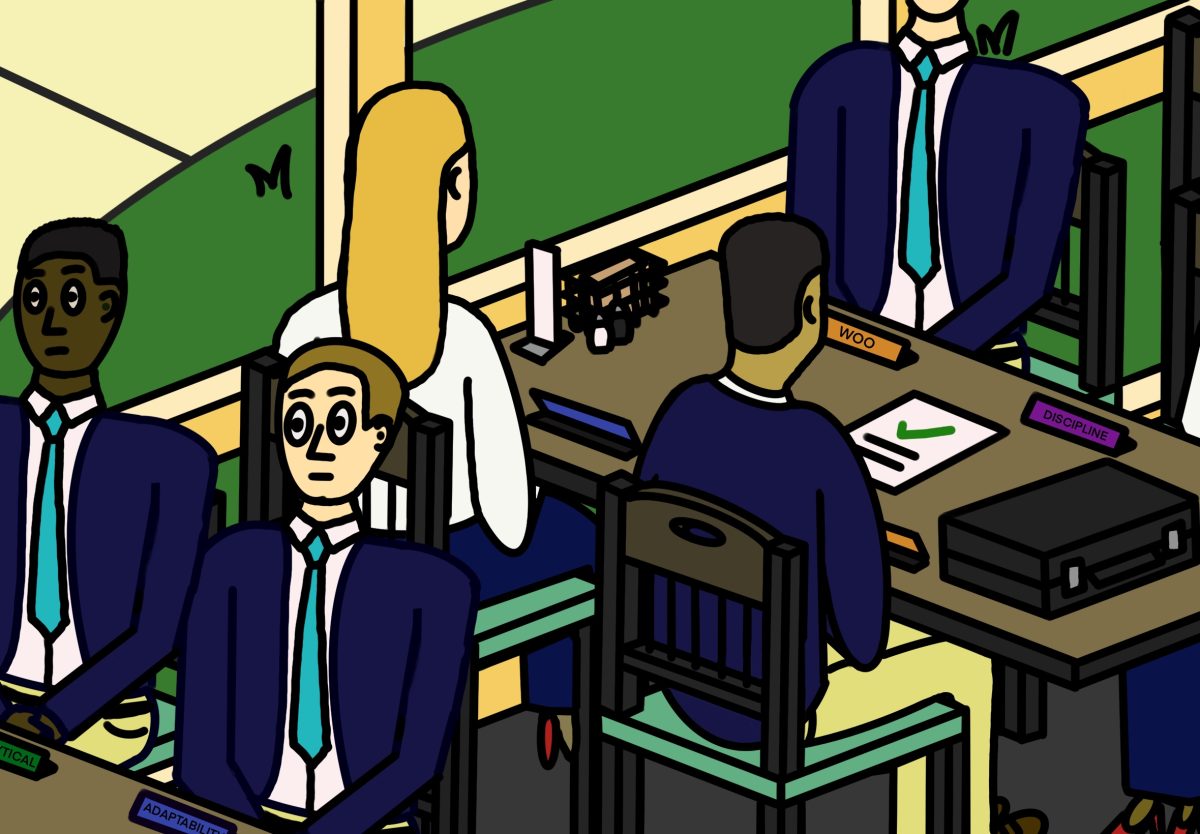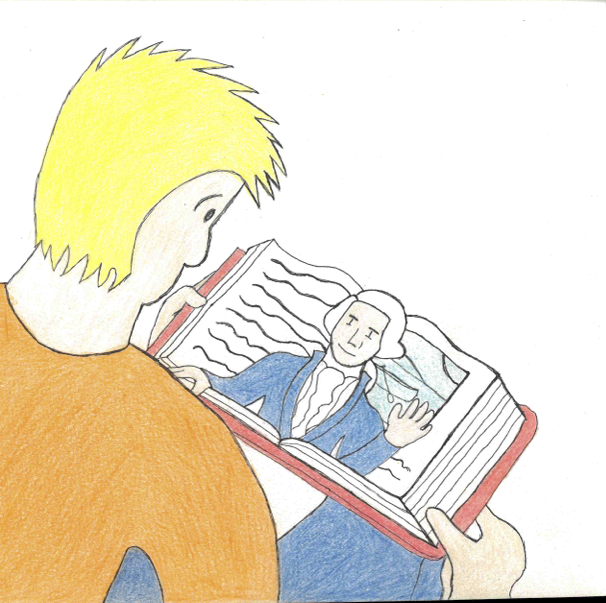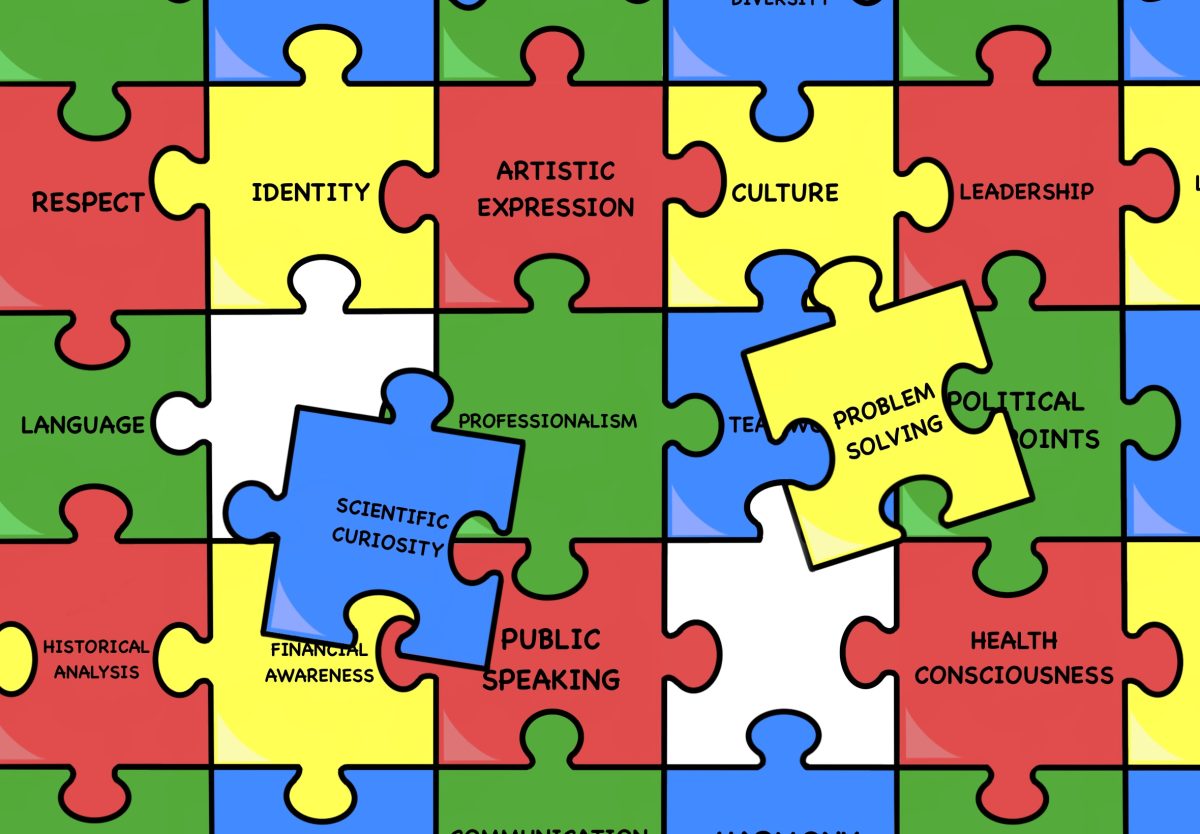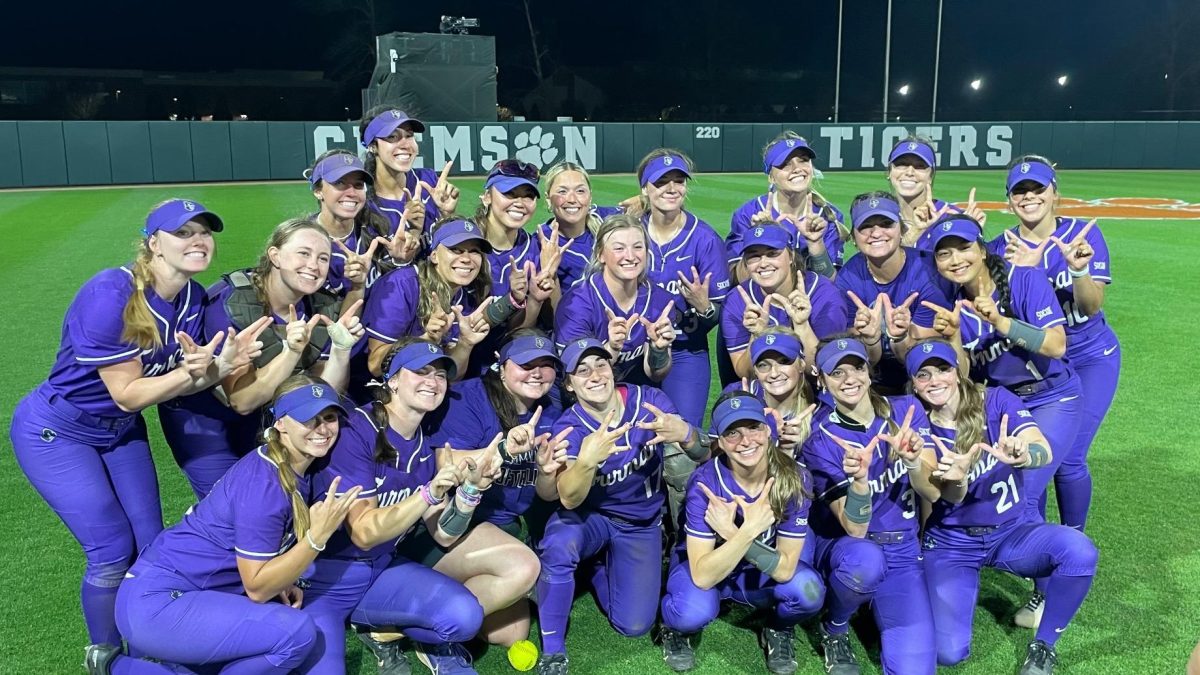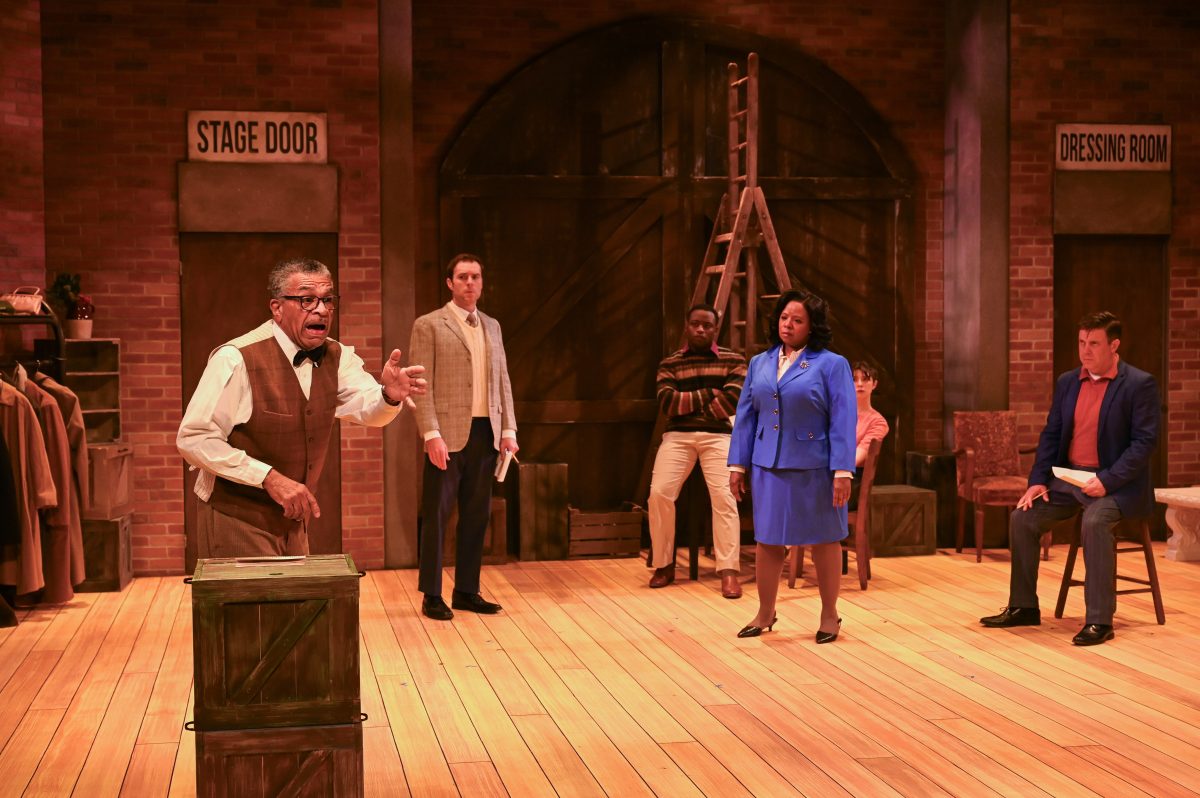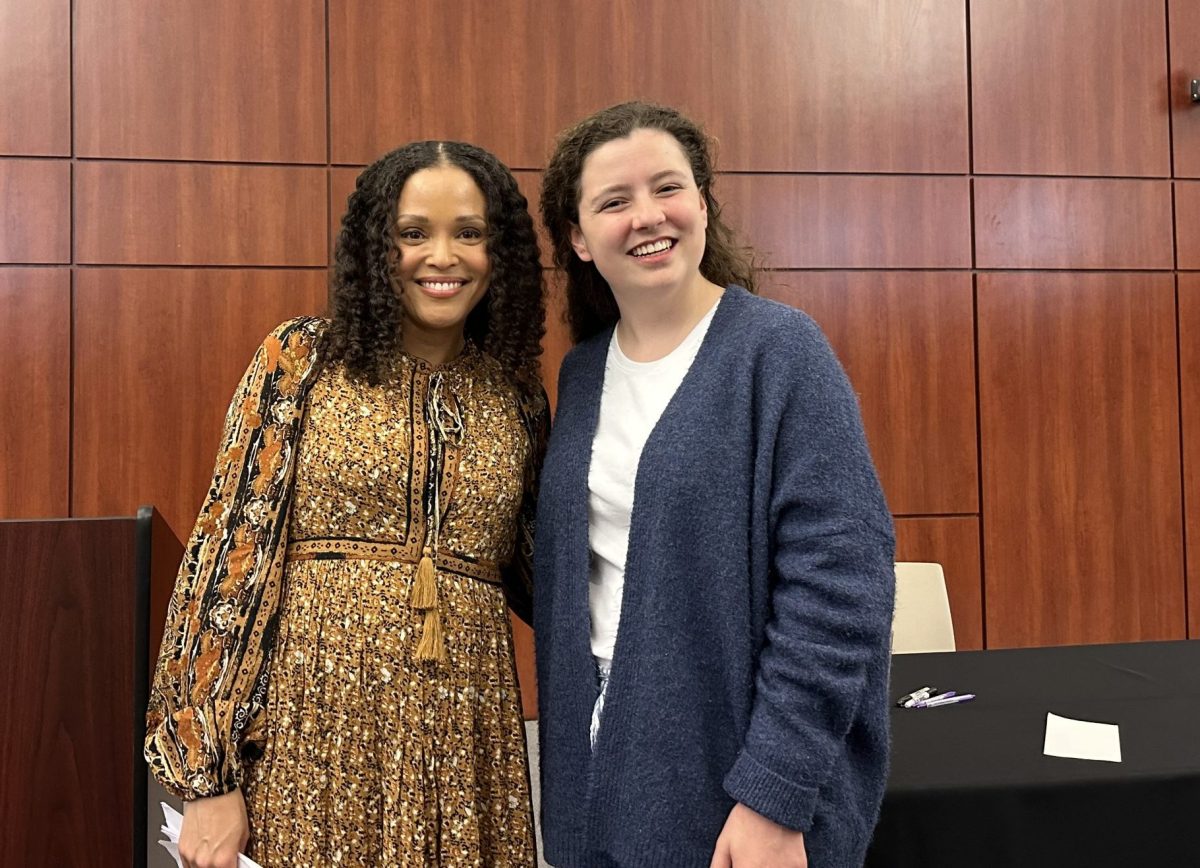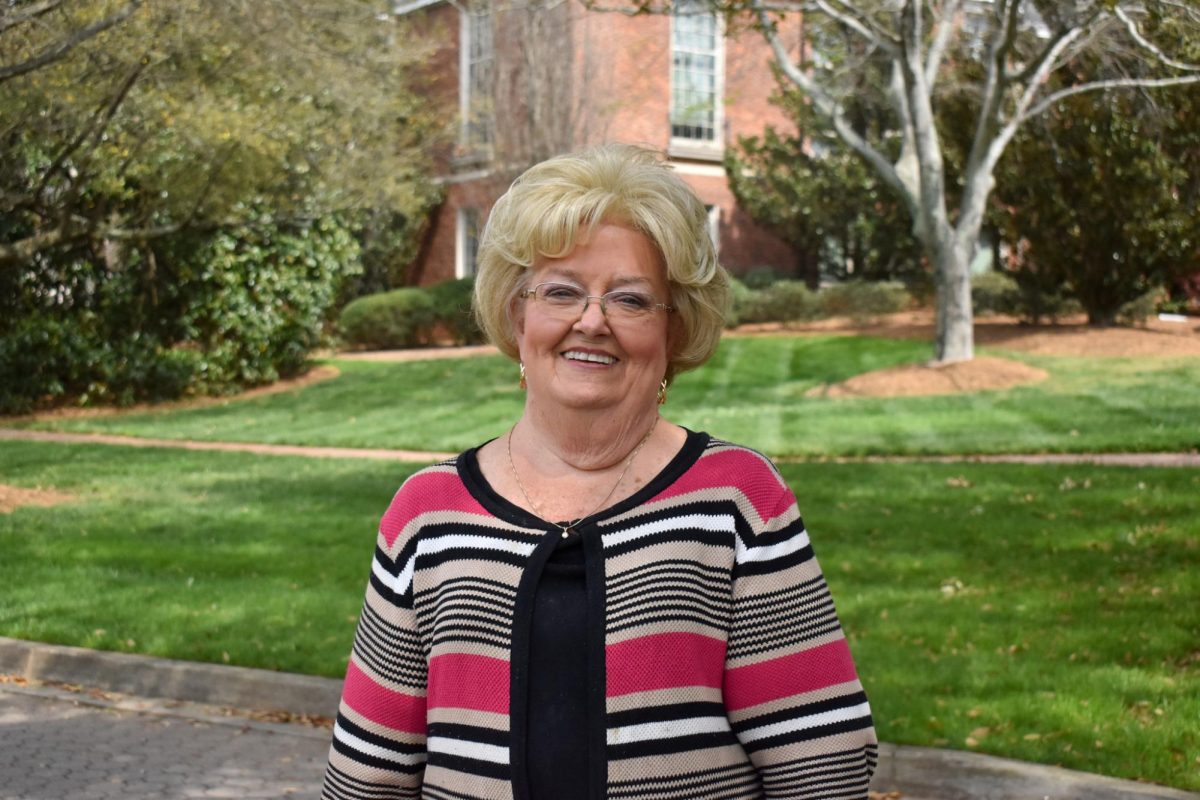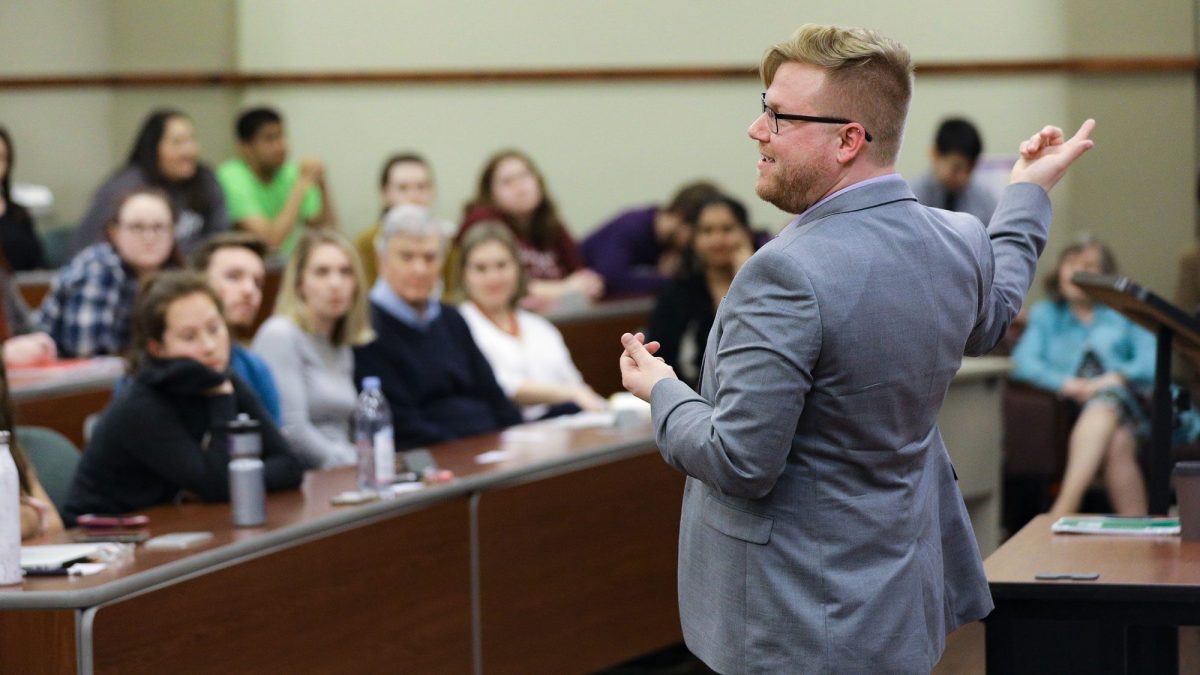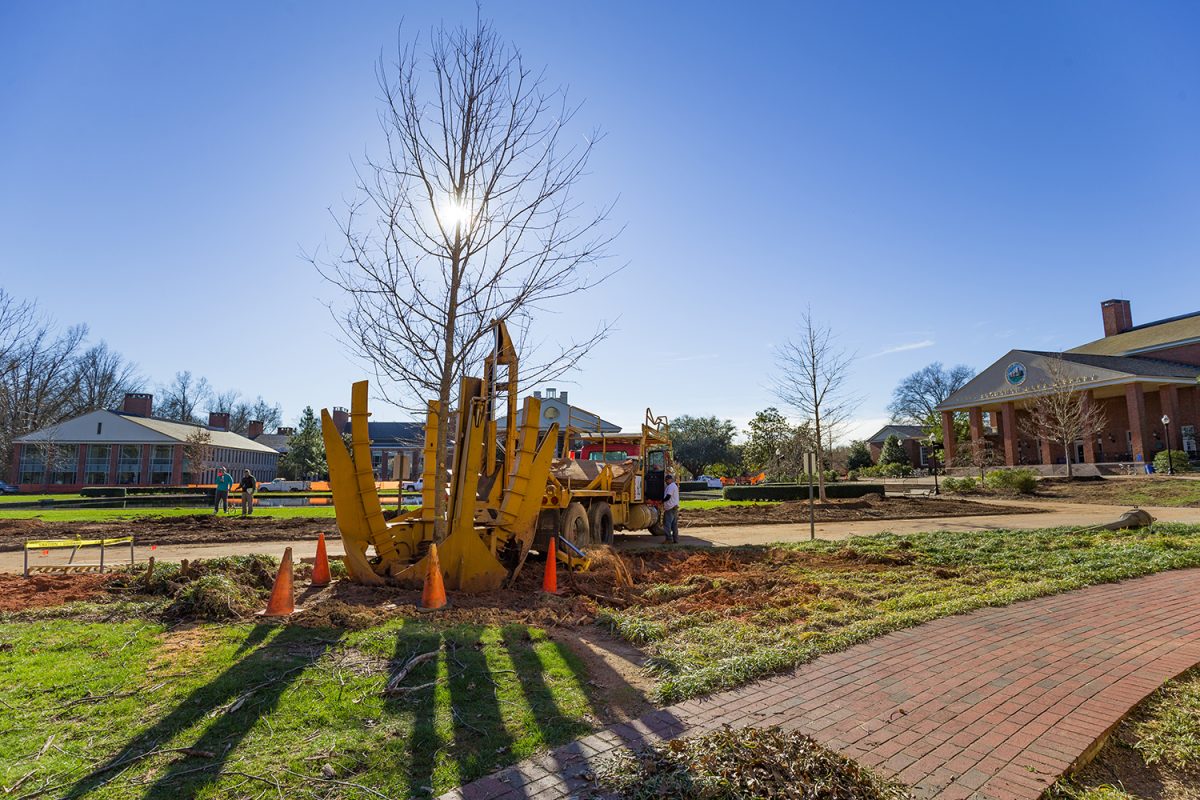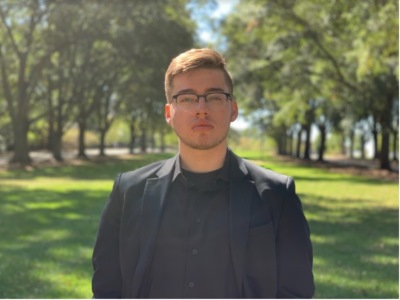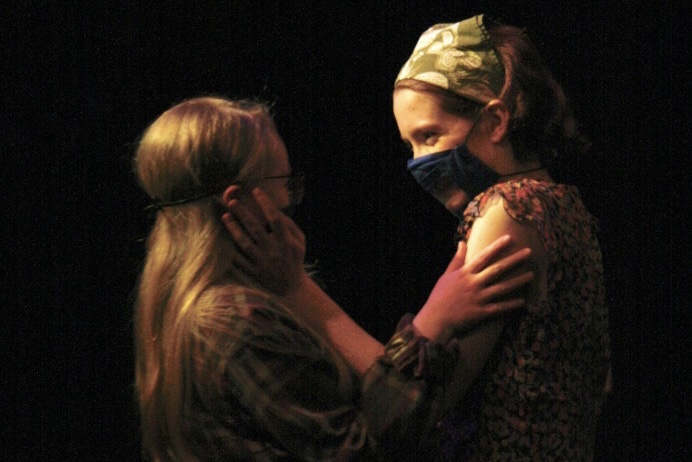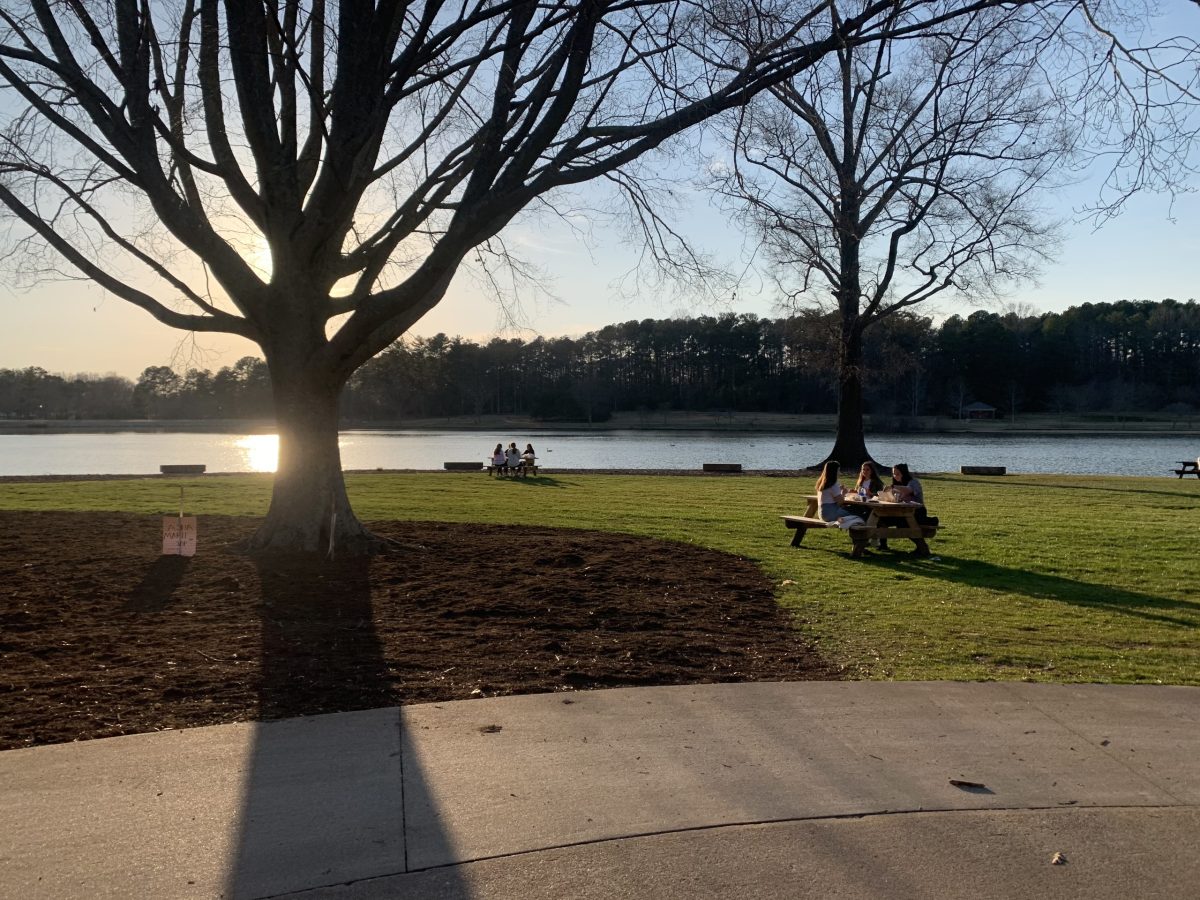On Nov. 22, sophomore music major Jensen Thomassie released a recorded performance of his original composition Elegy on YouTube. A song cycle for soprano and string quartet, Elegy is comprised of four movements inspired by four different texts that combine to invoke an emotional dichotomy of grief and beauty. The piece was recorded in Furman’s Daniel Recital Hall and features voice performance major junior Addison Ballew as the soprano soloist, accompanied by the Furman University Hartness String Quartet featuring senior Karen Mendes-Escobar on violin I, senior Blake Merritt on violin II, junior Michael Campanelli on viola and junior Ryan Singer on cello.
Jensen Thomassie boasted extensive experience as a composer, arranger, and performer even before beginning work on Elegy. He began writing and arranging music for marching bands and smaller ensembles in high school, and by graduation he had written compositions that were performed by his school’s wind ensemble and the New Orleans Saints Drumline (Fat City Drum Corps), with whom he also performed. These experiences led him to pursue a double major at Furman, studying Music Composition and Percussion Performance.
Thomassie described Elegy as “a collection of [his] feelings” about the passing of a childhood friend, with each movement in the cycle representing a different phase of the experience. The first movement takes its text form “Soon Our Friends Perish” by Robert Louis Stevenson and, according to Thomassie, portrays themes of love and friendship. The second movement, inspired by Shakespeare’s “Dirge,” is meant to represent death. The third movement, entitled “Let the Little Children Come to Me,” draws from the biblical passage Luke 18: 15-17 to capture a funeral mass. Finally, movement four uses “The Cold Heaven” by William Bulter to invoke images of the afterlife. Thomassie handpicked each of these texts to capture a specific idea and “guide the whole cycle in mood.”

Though Thomassie wrote the composition, he worked very closely with Addison Ballew from the onset of the project. He stated that he often wrote with her voice in mind. Several drafts of the music were written before the recorded version took shape, with Ballew recommending edits that were better for her vocally. She praised Thomassie’s willingness to “accommodate everyone involved as artists” and explained that it was this inclusion that elevated the music to its best form. Working with a string quartet was a new experience for both Thomassie and Ballew, as most classical art songs are performed with only piano accompaniment. Yet the instrumentation, Thomassie said, created a unique sound and “got me out of my comfort zone.” Ballew counted this experience as both challenging and rewarding, noting that it added a more collaborative element to the project.

Elegy’s inspiration and collaborative construction undoubtedly resulted in a musical composition wrought with expressive power. Campanelli, who performed on the viola, stated that the instrumentation of this piece beautifully captured the intended emotion of the chosen texts. Campanelli also found that the deeper tone of the viola added a color to the music that could be experienced as both comforting and ominous, allowing the listener to interpret the music in an individually meaningful way.

Like Campanelli, Ballew found that the layers of the music allowed room for interpretation, influencing her own poetic interpretation of the piece. She recalls reading the texts that inspired Thomassie and relating them to times she has lost loved ones in her life. Thomassie himself noted that the combination of music and poetry achieved a poignant sense of expression. “These four songs… create a complete picture of what I am trying to portray” he said. “I find it hard to put into words, but that’s why I write music.”

